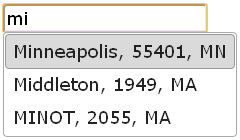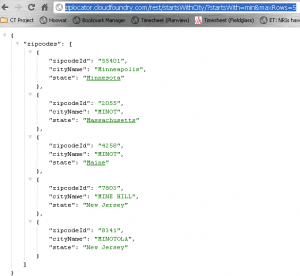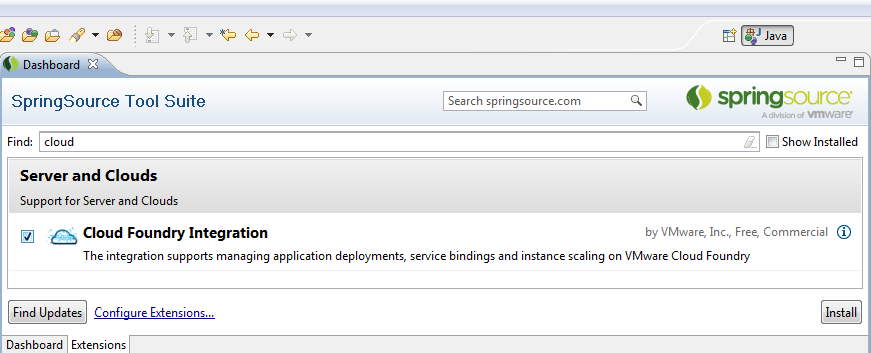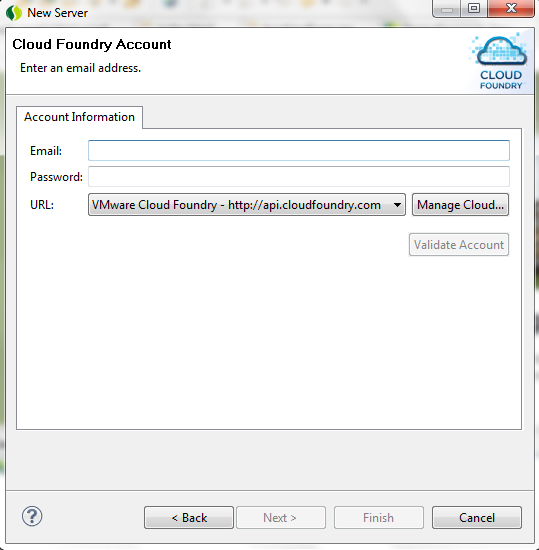***This article is current as of Sept 2013***
I read many articles and forums for getting the root access on Android Emulator or phone but none of them worked for me *as is*, so I thought of putting together a series of instructions that worked for me and hopefully will work for you as well.
- Here is what you need to download
- Did you set Android SDK path in your environment variables or in short can you open a command or terminal window and type adb and see if the path is set?
- if yes then you can copy the above two files anywhere you want and just move to that directory
- If no then just copy the above two files to your <YOUR_SDK_INSTALL_DIR_PATH>/platform-tools/
- Make sure to start your emulator now and wait until it is all good or basically it shows up when you execute “adb devices” command. Also make sure only one emulator is running and no other devices are connected.
- In your terminal/command window go to the following location <YOUR_SDK_INSTALL_DIR_PATH>/platform-tools/ and get ready to execute few commands.
-
adb remount
-
adb push su /system/xbin/su
-
adb shell chmod 06755 /system
-
adb shell chmod 06755 /system/xbin/su
-
adb install Superuser.apk
If all goes well so far then you have root access now. You can check that by following commands
adb shell
su
You should now get su access!
Note: Any time you restart the emulator then you have to repeat step 4.C and 4.D







